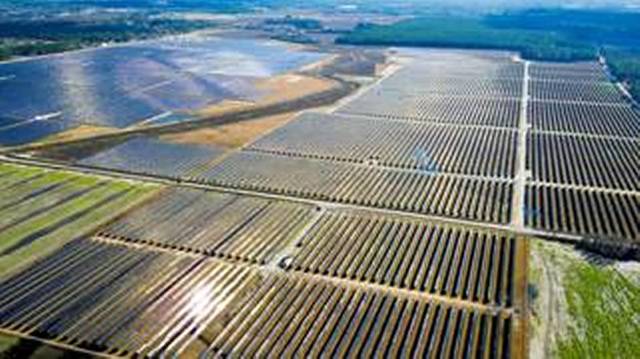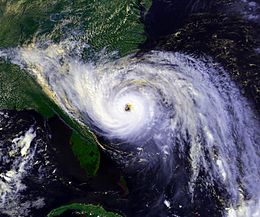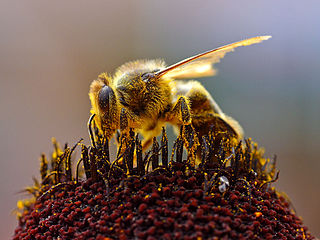Climate and Ag in the news
-

Proxy data like tree rings, pollen cores from lakes, and ice cores from glaciers can help scientists decipher the long-range climate history of a location by figuring out how the patterns of pollen or tree rings relate to the temperature and precipitation at the time they were laid down. Cave mineral deposits called “flowstones”(you probably…
-

In recent years, more agricultural producers have looked into solar arrays, either to power their own farms or as an alternate source of income that they can use to help stabilize their farm balance sheets. Here are a few stories I have seen recently related to solar power. Grist: Cash-strapped Farms are Growing A New…
Posted in: Climate and Ag in the news -

Today is February 29, which happens about once every four years. If you are interested in why we need to add an extra day to our calendar in some years, you will be interested in watching a video and reading more at EarthSky here.
-

If you like weather history, you will be interested in this story map on extreme weather events for the state of South Carolina. It contains a lot of different information on the great storms, droughts, and hurricanes of the past 300 or more years, with pictures, maps and other items of interest. You can view…
-

The Dahlonega Nugget had an interesting story this week about the negative impacts of this warm winter has had on bee populations in northeast Georgia. According to the story, the warmer conditions cause the bees to be more active, but with few flowers blooming they use up more energy foraging for food than they can…
Posted in: Climate and Ag in the news -

The Georgia Department of Agriculture is in the process of finalizing relief payments to farmers in Georgia that were affected by Hurricane Michael in 2018 but who were not eligible to get payments through other USDA programs. If you are in one of the 95 counties…
-

Some recent articles have suggested that after being in ENSO-neutral conditions for quite a while now (albeit on the warm side of neutral), the eastern Pacific Ocean is headed towards a cooler pattern associated with the La Niña cold phase of the Southern Oscillation. If this does occur, we can expect a more active Atlantic…